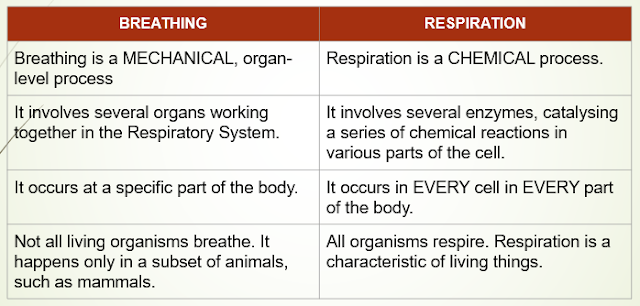BIOLOGICAL OBSERVATION [CSEC BIOLOGY]
SYLLABUS REFERENCE
[A1.1] group living organisms found in a named habitat based on observed similarities and differences.
Lesson Outcomes
By the end of this lesson, you will be able to:
- observe living organisms, following the principles of biological observation;
- describe living organisms and their structures, using appropriate scientific language;
- compare organisms, according to the structures observed and described.
Scientific observation, other than everyday observation, tends to be very precise. It opens one's mind to insights of a scientific nature.
Biological observation tends to focus on:
- Structure of organisms
- Quantitative experimental data
- Qualitative experimental data
- Behaviour of organisms
IMPORTANT VOCABULARY WHEN DESCRIBING OBSERVATIONS
A SYSTEM FOR OBSERVING AND DESCRIBING A SPECIMEN
Biological investigations often involve observing and describing either an organism, or parts of an organism.
The following is a basic routine one can use (or modify) when presented with a specimen.
















